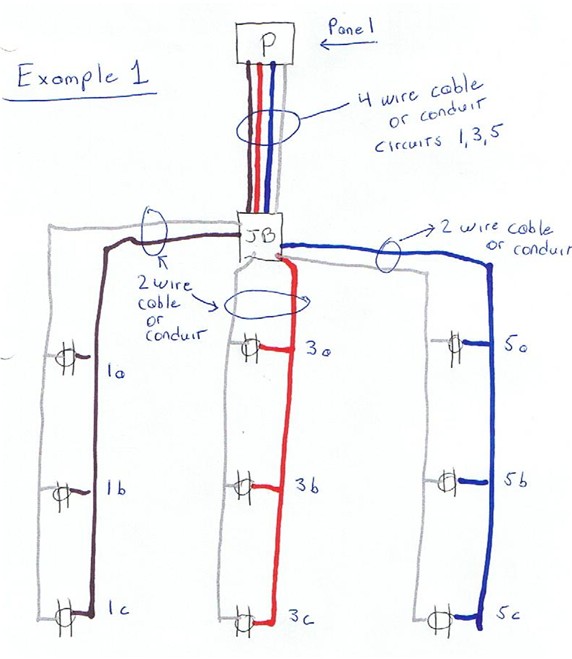Wow thanks for all the discussion! I think this code change is in violation of 90.1 and should not be adopted by local jurisdictions.
Basicly I do allot of troubleshooting and I am qualified to. I got zapped on a MWBC back when I was an trainee 277 to G.
I carry a wiggy and It always goes off on hot neutrals. I also carry a tool similar to the one shown above.
In the jurisdiction where I currently work everyone has to have a license to be on a job. They think that having that license means they are qualified for it all.
Where I grew up they stressed "qualification" they have got too much going on to try to license anyone more than contractors. I got a mantra drilled in to my head: Are you qualified to work on the system infront of you? If you are staring at a malfunctioning outlet, nurse call system, fire alarm panel, 4180 Xformer, MV cable, or a fiber optic patch panel the first question you ask is am I qualified to troubleshoot this?
Sure you have been thru 5 years of OJT and maybe some school but are you safe to work on anything?
IMO Part of being qualified to troubleshoot a outlet is knowing the status of available power inputs.
roger said:
an experienced gun handler knows all guns are loaded and treats them as such until he has opened the chamber, a qualified electrical worker should treat all his potential dangers the same as the gun handler treats his
The first thing I do on a service call is take off the panel cover and look inside. I verify the voltage comming in to the ML or MB is correct. I test grounding and impedance at outlets with an Ideal sure test. I also look at the conduits leaving the panel for MWBS's.
I have seen to many loose connections, burning connections, mains that only 1 leg is blown or tripped and voltage 1 leg of 120 on all 2 or 3 legs.
Open neutrals where the bonding bushing is acting as the neutral. etc.
I have arrived at a service call for a "outlet not wokring right" an thought slam dunk easy fix and spent hours finding a toasted main breaker on some other floor etc. I have even see computer equipment running fine on a mistakenly high legged 208V to G circuit. Sure enough I looked at the pwr supply's and they were self adjusting 100V-240V. The problem had persisted for months until somebody plugged in a lamp.
So my point here is that 90.1 uses the word "practical" and it makes no practical sense to protect a unqualified person from themselves. If people start trying to turn the NEC into a training manual and a throw in protection of unqualified persons in every article then you will see the competing electrical codes again.
Things like this are a very large crack in the foundation of the code.






